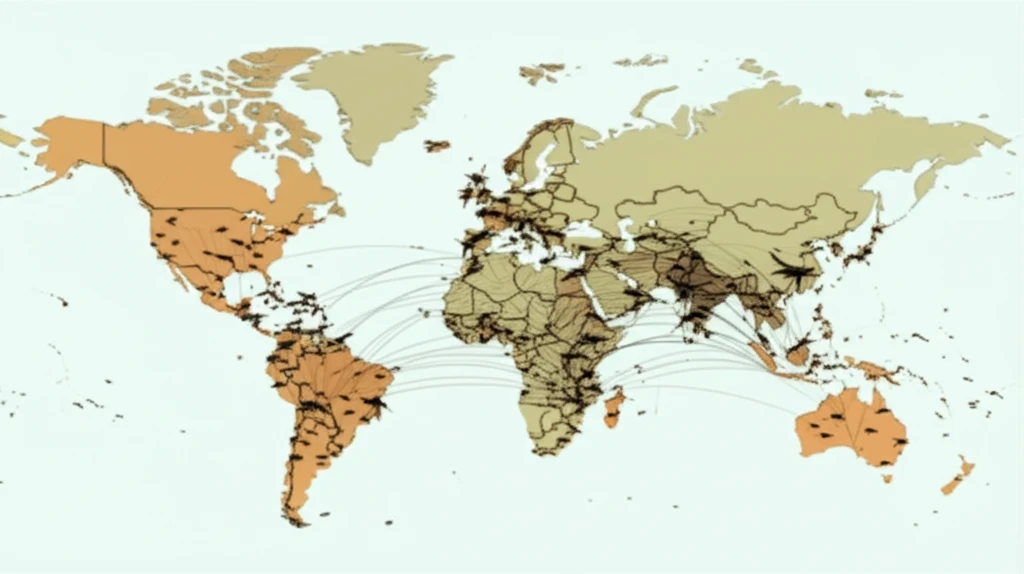
Chikungunya on the Move: How Global Travel Spreads This Virus
"Tracking the spread of chikungunya: What you need to know about imported cases and how to protect yourself."
Chikungunya is a viral disease transmitted by mosquitoes. It's known for causing fever, rash, joint pain, and muscle aches. While not typically fatal, the joint pain can be long-lasting and affect your quality of life.
Once limited to Africa and Asia, chikungunya has spread globally, thanks to international travel and the adaptability of its mosquito vectors. This globalization means understanding the dynamics of how the virus moves from one region to another is crucial for effective prevention and control.
This article dives into the role of travel in the spread of chikungunya. We'll look at data from Taiwan between 2006 and 2014 to see how imported cases reveal patterns and inform public health strategies.
Why is Chikungunya a Growing Global Concern?

Since 2000, chikungunya has caused significant outbreaks across Africa and Asia, becoming a major public health issue. Then, in 2013, the virus reached the Americas, leading to further explosive outbreaks. Two mosquito species, Aedes aegypti and Aedes albopictus, are primarily responsible for transmitting the virus.
- Global Spread: Large outbreaks have occurred in Africa, Asia, and the Americas.
- Mosquito Vectors: Aedes aegypti and Aedes albopictus are key transmitters.
- Risk of Local Transmission: Travelers can introduce the virus to new areas where suitable mosquito vectors exist.
The Importance of Vigilance
Chikungunya continues to be a global health challenge, and the interconnectedness of our world through travel means constant vigilance is necessary. By understanding the patterns of imported cases, improving diagnostic accuracy, and maintaining robust surveillance systems, we can better protect ourselves and our communities from this emerging infectious disease. Stay informed, take precautions when traveling, and consult healthcare professionals if you experience any symptoms.
